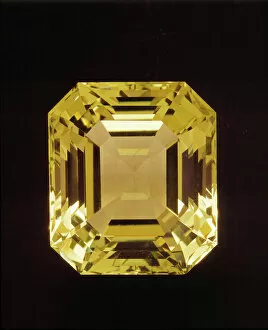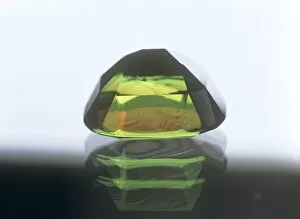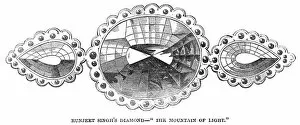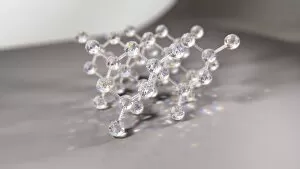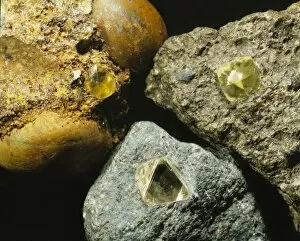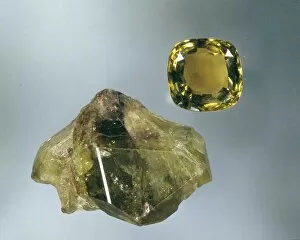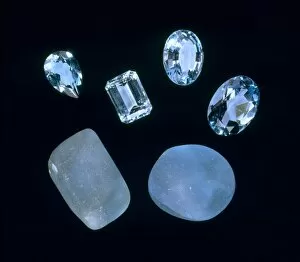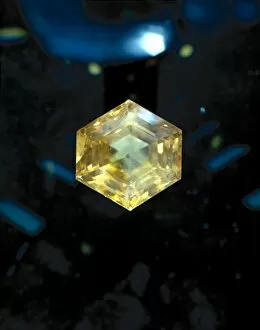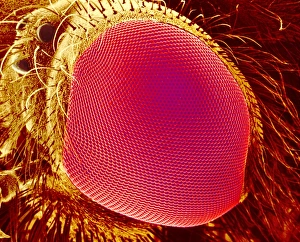Facet Collection
"Unveiling the Multifaceted Beauty
All Professionally Made to Order for Quick Shipping
"Unveiling the Multifaceted Beauty: A Journey Through Time and Culture" Step into a world of intricate craftsmanship and breathtaking beauty as we explore the captivating concept of "facet. " From ancient Korea to 20th-century Europe, join us on this visual odyssey that showcases the diverse manifestations of facets in art and nature. Beryl, a gemstone renowned for its mesmerizing hues, takes center stage in the Faceted and Covered Jar from Korea's Joseon dynasty. Crafted during the 19th century, this jar exemplifies the meticulous artistry that adorned everyday objects with extraordinary elegance. In Most Sacred (Treasure of the Mountains), an exquisite tempera painting from 1933, a hand delicately holds a diamond. This artwork reminds us of diamonds' timeless allure and their ability to reflect light through countless facets. Traveling further east, we encounter an Ewer Base with Zodiac Medallions from Iran's first half of the 13th century. Created by an unknown artist, this piece showcases intricately carved zodiac signs on each facet – a testament to both artistic skill and astrological significance. The Footed Goblet from Iran transports us back to the 7th-8th century. Its delicate design incorporates numerous facets that catch light in enchanting ways while holding precious liquids fit for royalty. The creator remains anonymous but left behind an enduring legacy. Venturing into more recent times, we admire a Brooch by Rene Lalique dating back to late 19th or early 20th century Europe. Lalique's mastery is evident in every facet of this stunning jewelry piece – showcasing his innovative use of materials like glass combined with intricate designs inspired by nature. Nature itself reveals its faceted wonders through snowflakes' microscopic view captured under photo-microscope lenses. Witnessing their six-sided star shapes brings forth awe-inspiring beauty found within even tiny ice crystals – a true testament to nature's artistry.

